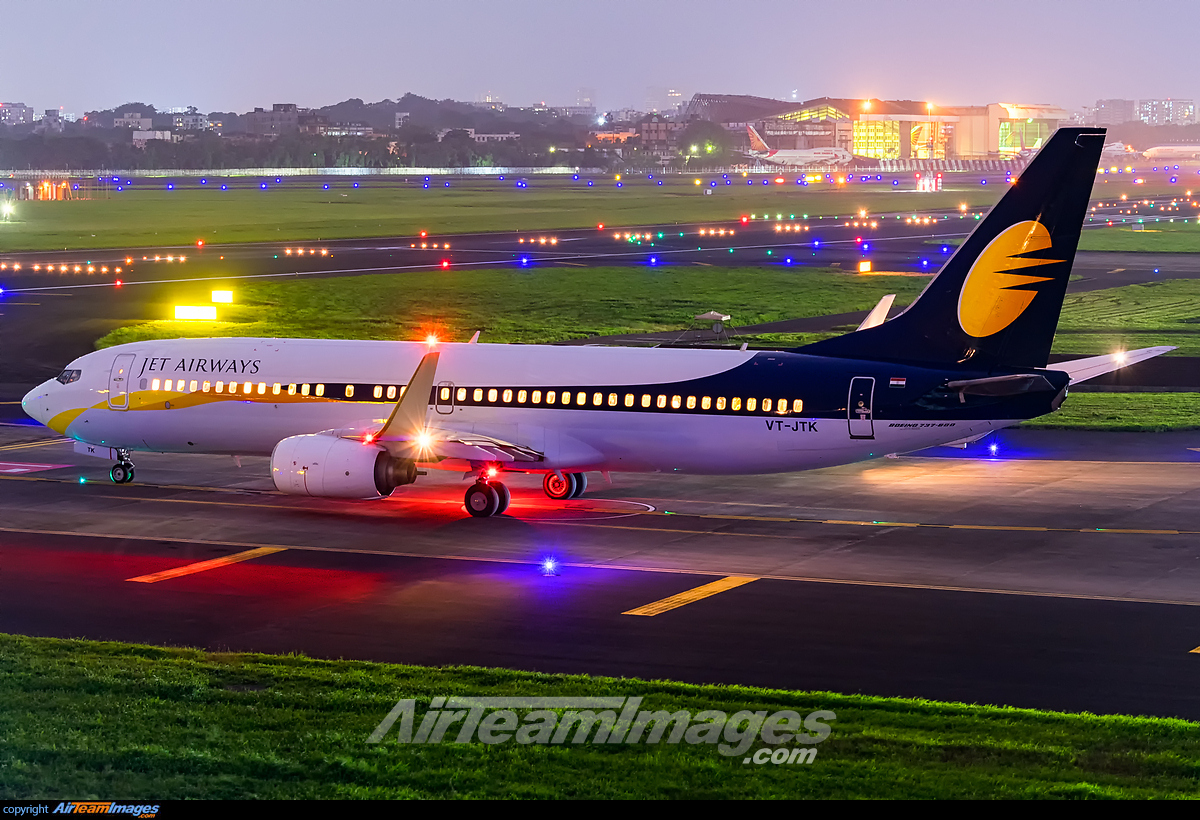Air India Disaster Poses Questions for Indian Authorities
The fatal crash of Express Flight 1344 has made headline news in the last 24 hours, as Air India deals with the fallout from this tragic accident. The passenger aircraft was scheduled to fly from Dubai in the United Arab Emirates to Kozhikode in India. But the doomed airliner was never destined to reach its location, after it encountered serious problems while landing.
Flight 1344 Aborted several landing attempts before its final ill-fated effort, which saw the Boeing 737-800 skid alarmingly off the runway. The jetliner ended up falling into a 10-metre deep gorge, before snapping into two separate pieces.
At the time of writing, 19 people have died as a result of the incident, while 14 of the 137 passengers who were injured remain in critical condition. The accident is already the second most serious involving Air India, after the 2010 Flight 812 accident in Mangalore, which killed 158 people.
Covid scheme
The passengers on the flight had begun the journey with particularly high hopes, as Flight 1344 was part of a repatriation effort. The flight had been intended to return people who had been stranded abroad due to the COVID-19 pandemic back to their homeland, as part of the Vande Bharat Mission.
With flight data and cockpit voice recorders having been recovered from the wreckage, more information about the crash should become clear imminently. But it's already known that the aircraft had arrived at the airport in timely fashion, before experiencing problems with a tailwind. Monsoon and flood conditions had reduced visibility at the time of the landing to 2,000 metres.
Initially, the pilot had problems sighting the runway, and when an attempt to land was finally made, the aircraft was unable to stop before the tarmac ended, careering out of control and crashing into a deep gorge. A damp and slippery runway is also through to have contributed to the fatal crash. Some sources have also suggested that the aircraft experienced problems with its landing gear.
The Directorate General of Civil Aviation, Aircraft Accident Investigation Bureau, and Flight Safety Departments are all in the process of investigating the accident, with the flight data and cockpit voice recorders having been sent to Delhi for analysis.
In another important angle that has emerged, two passengers on the flight tested positive for Covid-19, after being transferred to a hospital following the incident. As a result, the Central Industrial Security Force (CISF) and Kerala Health Department have requested passengers who were on the flight to undertake testing and quarantine.
Eye-witness reports
Eye-witnesses have already given their versions of events, following the disaster. Renjith Panangad, who was returning home for the first time in three years, stated that the plane had swayed before crashing, while everything had gone dark onboard ahead of the crash.
“A lot of passengers were bleeding. I still can’t comprehend what happened. As I am trying to recall what happened, my body is shivering. There was a big noise during the impact and people started screaming,” Panangad commented, who also explained that the pilot had made a normal pre-landing announcement before the crash unfolded.
Another issue that is being highlighted as a result of the crash is the potentially hazardous nature of the Calicut International Airport. The site has long been considered one of the least safe airports in India, as cited in the Directorate General of Civil Aviation's 2011 data.
At the time of the 2011 report, Captain Mohan Ranganathan, a member of the safety advisory committee of the Ministry of Civil Aviation, has described the facility as “unsafe”, and recommended that it shouldn't be used for landing when conditions are wet.
These comments have now been highlighted, with many asking why warnings weren't heeded, and why passenger planes continue to endure risky landing conditions. Reports have noted that several previous warnings have been ignored by the authorities.
Previous report
But the response of the authorities is particularly damning, considering that in July 2019, the Directorate General of Civil Aviation has issued a show-cause notice, after issues such as cracks on the runway, water stagnation and excessive rubber deposits were identified. Yet the airport continued to be used after this measure, even in conditions that were particularly hazardous.
A similar tragedy was narrowly avoided at the same airport just 12 months ago, when an Air India Express flight suffered a tail strike on landing. Nonetheless, it should be noted that the aviation regulator has indicated its belief that it is too early to know whether the accident was a result of technical or human error.
That was the first fatal crash of a passenger aircraft in India in a decade. The last such disaster was in 2010, when the aforementioned Air India Express Boeing plane overshot the runway and burst into flames, killing 158 people.
READ NEXT...
 7071
7071AirNav RadarBox Highlights Impressive Global ADS-B Coverage
Over the last few months, the team at AirNav RadarBox has been working incredibly hard to provide as much ADS-B coverage worldwide to make the tracking experience as smooth and as accurate as possible.- 3575
China Eastern Airlines carrying 132 people crashes in China
On March 21, a China Eastern Airlines Boeing 737-89P (B-1791) carrying 132 passengers crashed in the mountains of southern China's Guangxi Province region. Read more on our blog.  1357
1357Jet Airways Resumes Operations After 3 Years
Jet Airways took to the skies again last Thursday (05) after a gap of three years. The Indian carrier ceased operations in April 2019 after experiencing financial difficulties. Read more on our blog!

